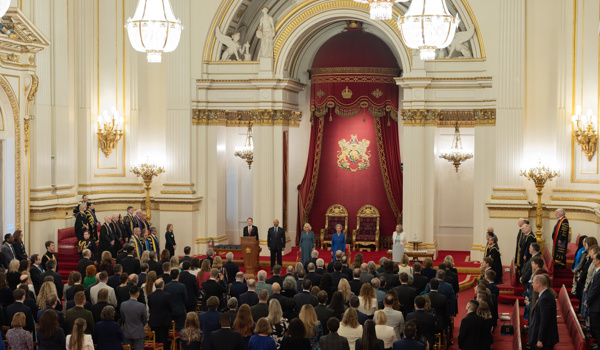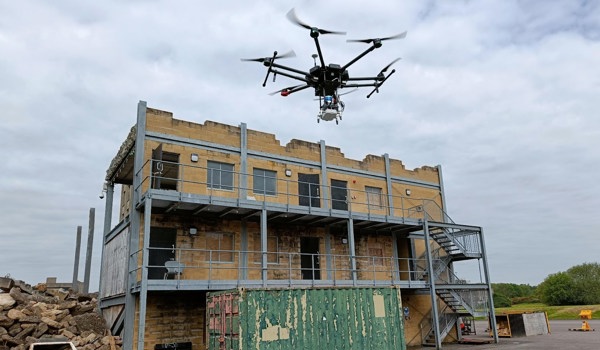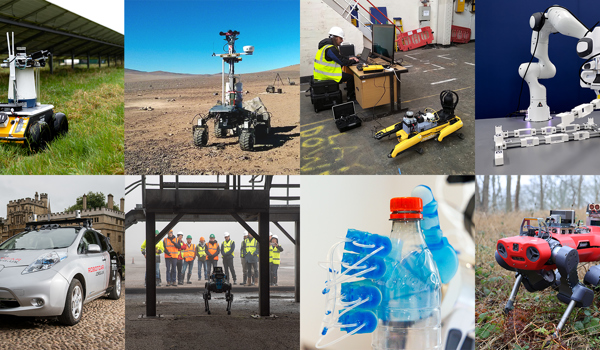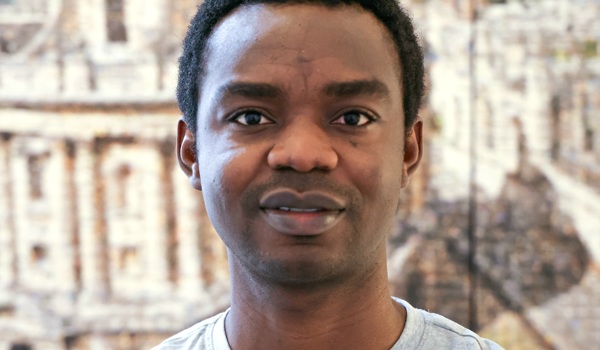01 Oct 2019
Scrutinizing and De-Biasing Intuitive Physics with Neural Stethoscopes
Scrutinizing and De-Biasing Intuitive Physics with Neural Stethoscopes
Predicting the stability of block towers is a popular task in the domain of intuitive physics. Previously, work in this area focused on prediction accuracy, a one-dimensional performance measure. We provide a broader analysis of the learned physical understanding of the final model and how the learning process can be guided. To this end, we introduce neural stethoscopes as a general purpose framework for quantifying the degree of importance of specific factors of influence in deep neural networks as well as for actively promoting and suppressing information as appropriate. In doing so, we unify concepts from multitask learning as well as training with auxiliary and adversarial losses. We apply neural stethoscopes to analyse the state-of-the-art neural network for stability prediction. We show that the baseline model is susceptible to being misled by incorrect visual cues. This leads to a performance breakdown to the level of random guessing when training on scenarios where visual cues are inversely correlated with stability. Using stethoscopes to promote meaningful feature extraction increases performance from 51% to 90% prediction accuracy. Conversely, training on an easy dataset where visual cues are positively correlated with stability, the baseline model learns a bias leading to poor performance on a harder dataset. Using an adversarial stethoscope, the network is successfully de-biased, leading to a performance increase from 66% to 88%.

![[PDF]](https://ori.ox.ac.uk/wp-content/plugins/papercite/img/pdf.png) F. Fuchs, O. Groth, A. Kosiorek, A. Bewley, M. Wulfmeier, A. Vedaldi, and I. Posner, “Scrutinizing and De-Biasing Intuitive Physics with Neural Stethoscopes,” in Proceedings of the British Machine Vision Conference (BMVC), 2019.
F. Fuchs, O. Groth, A. Kosiorek, A. Bewley, M. Wulfmeier, A. Vedaldi, and I. Posner, “Scrutinizing and De-Biasing Intuitive Physics with Neural Stethoscopes,” in Proceedings of the British Machine Vision Conference (BMVC), 2019.




